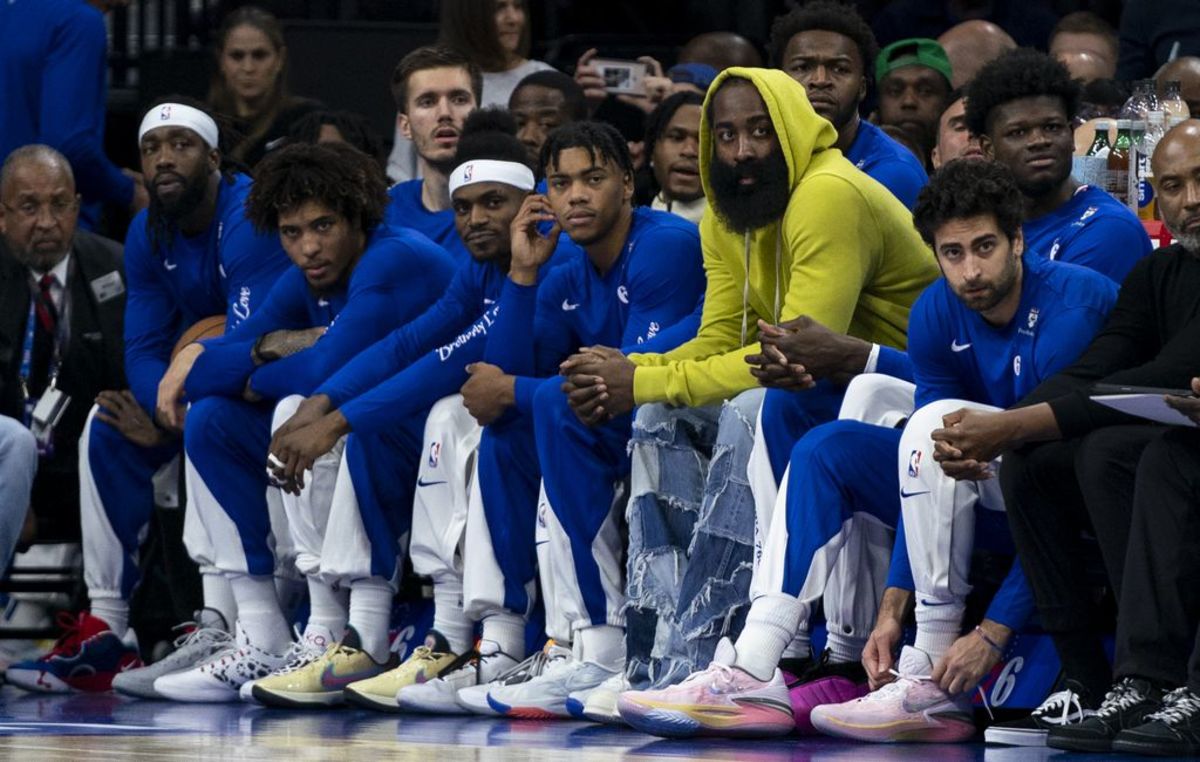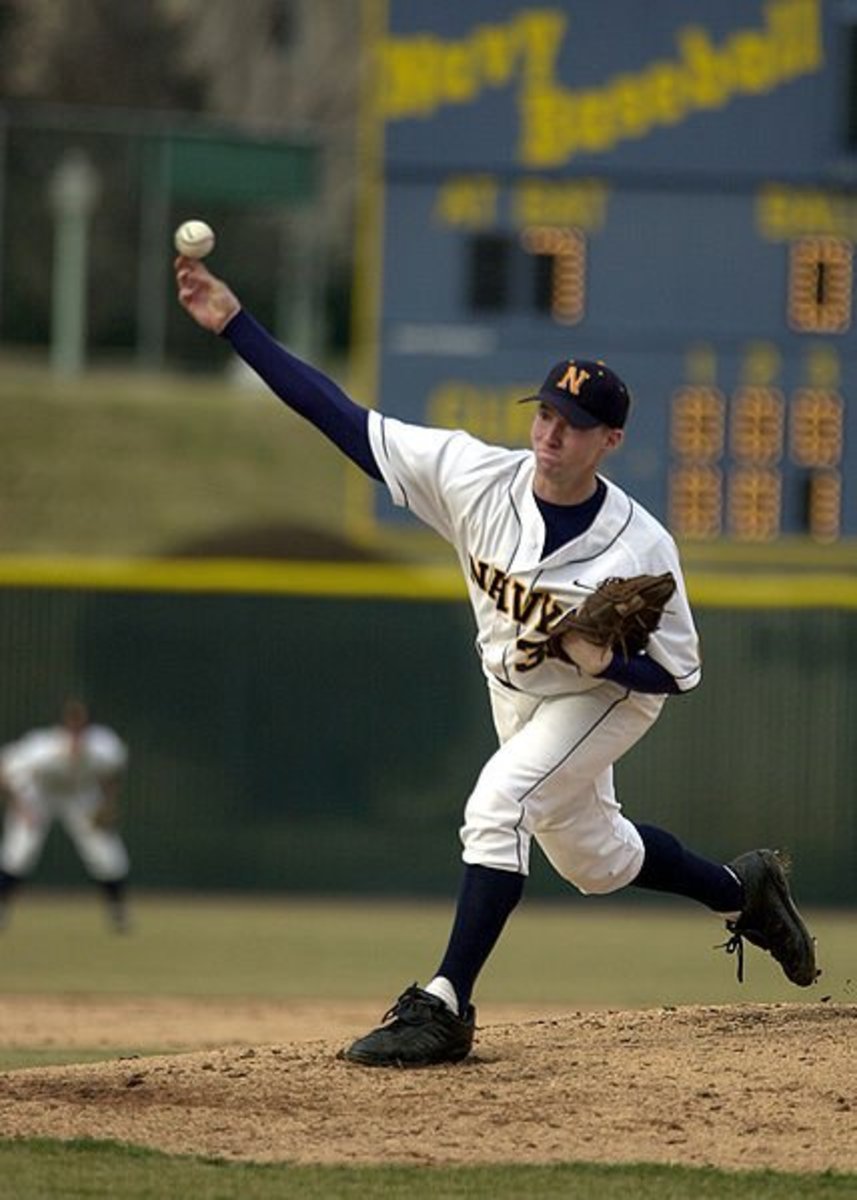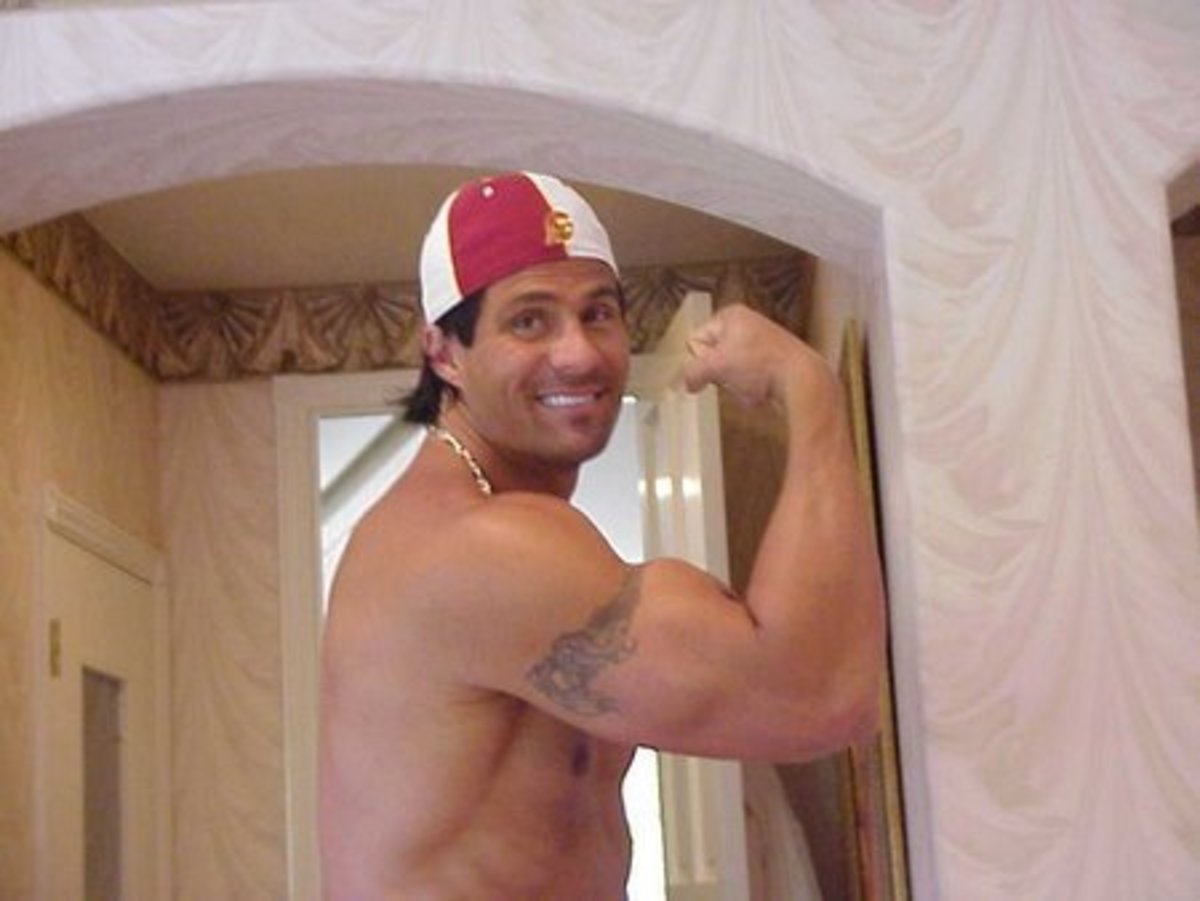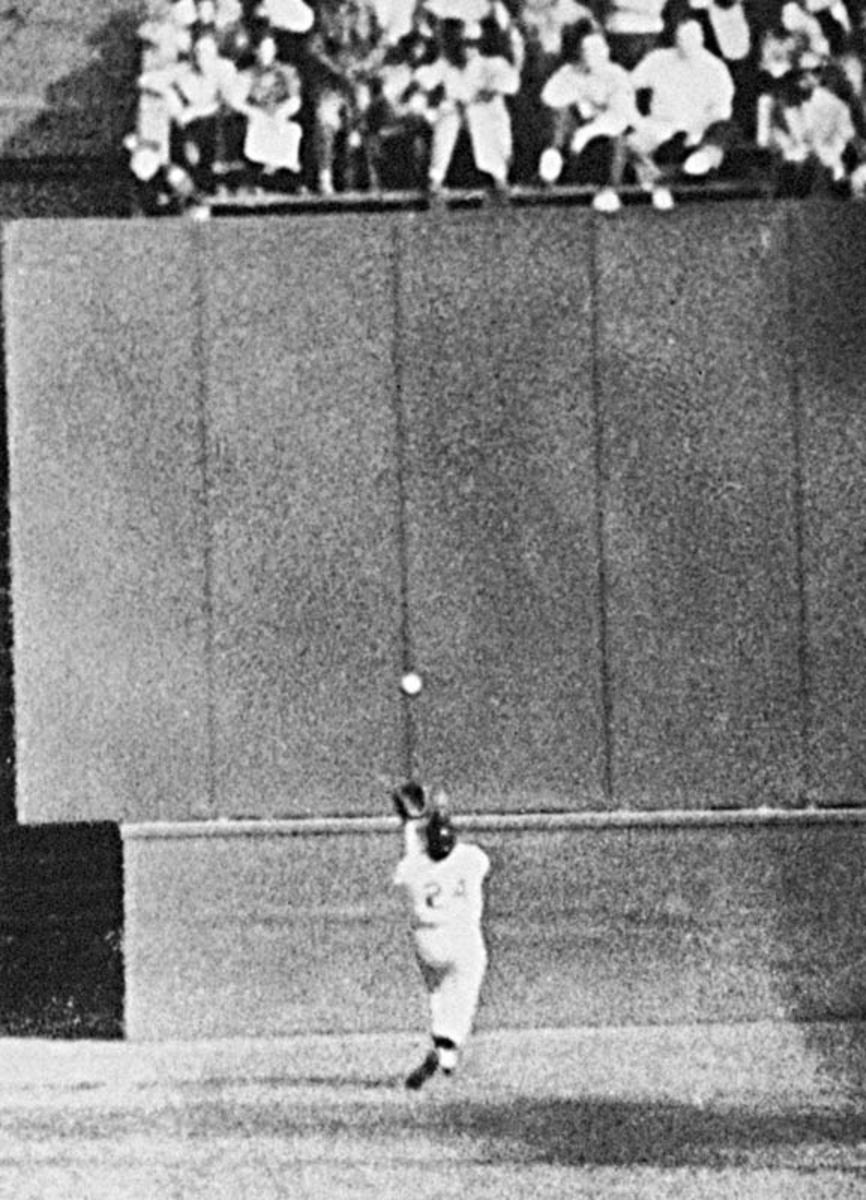The problem and promise of prospects
Prospects.
If you’ve been following any post-season baseball, you’ve heard that word probably a hundred times or more. This has been especially prominent this week, as the Royals traded prospects to the Rays for two pitchers, and the Reds, Indians and Diamondbacks exchanged prospects and a few major leaguers.
Already some heated debates have arisen around the Royals-Rays trade, with some lamenting the Royals relinquishing their prospects while others crow about what a coup it was for the Rays to obtain prospects. (Although it should be noted that there were also many who felt the Royals came out on the better end with two established Major League pitchers.)
Earlier, some national sports writers and talking heads lamented the Mets’ signing David Wright to a long-term contract when they could have traded him for prospects. Some now think they should trade R.A. Dickey for prospects. A few floated the idea that the Padres should do the same with Chase Headley.
Prospects have always had value
Teams have always wanted prospects, those youngsters with a world of talent and potential who could emerge into superstars. Before free agency in the 1970s, these prospects primarily came up through the organization that signed them, or they were traded as minor leaguers for other minor league prospects. Occasionally, a team might trade an aging star well past his prime and take a few minor leaguers in exchange.
In the 1980s the Yankees became known for trading prospects for stars, often past their prime, to bolster their attempt at a pennant. One of the most famous aging star-for-prospect trades occurred in August 1987 when the Braves sent 36-year-old Doyle Alexander to Detroit for a prospect named John Smoltz.
Smoltz, of course, went on to a Hall-of-Fame career for the Braves, although the Tigers didn’t exactly get hosed. Alexander went 9-0 the rest of ’87 and helped the Tigers win the AL East. (Alexander was on the other end of a trade like this. In 1971 the Orioles traded their aging star, Frank Robinson, to the Dodgers. One of the prospects Baltimore received in return was Alexander.)
Trading current stars for prospects relatively new
But the concept of trading an established star still in his prime for minor league prospects is a fairly new concept. I can’t pinpoint when it started, but it seems to have occurred after 2000. There came a point where some teams with only one star, who was coming up on free agency within a year or two, found themselves hopelessly out of the pennant race.
Rather than continue losing with a star player who was just going to leave in free agency anyway, they saw that trading him to a team in the pennant hunt could bring back sometimes three or four young players. Not only did they not have to worry about losing their star for no return, they ended up paying less in salary and still had the potential to develop a superstar team down the road.
One of the first major trades like this came on July 24, 2004 when the Royals traded Carlos Beltran to Houston in a three-team trade involving Oakland. Kansas City wound up with prospects Mark Teahen, Mike Woods and John Buck. Although Houston lost Beltran to free agency after the season, he nearly got them to the World Series with one of the most phenomenal post-season performances in history. The prospects the Royals received became average players at best.
Some prospect trades work out well
Sometimes trading for prospects works out tremendously. In 2007 the Rangers traded budding superstar Mark Teixeira to Atlanta for Beau Jones, Elvis Andrus, Neftali Perez, Matt Harrison and Jarrod Saltalamacchia. Well, that worked out pretty well for Texas, who reached two World Series with Andrus, Perez and Harrison playing key roles. The Braves traded Teixeira the next season to the Angels for Steve Marek and Casey Kotchman. Not one of Atlanta’s highlights.
Baltimore also got a good deal after the 2007 season when they traded Erik Bedard, who had won 13 games in ’07 and 15 in ’06, to the Mariners for Adam Jones, Tony Butler, Kameron Mickolio, George Sherrill and Chris Tillman. Bedard won a total of only 15 games over the next four years for Seattle, while Jones was a key player in the Orioles playoff team this past season.
Sometimes the trades end up helping both clubs. In 2005 Florida traded Mike Lowell, Josh Beckett and Guillermo Mota to the Red Sox for Jesus Delgado, Harvey Garcia, Hanley Ramirez and Anibal Sanchez. In 2010 the Royals traded Zack Grienke and Yuniesky Betancourt to the Brewers for Lorenzo Cain, Alcides Escobar, Jeremy Jefress and Jake Odorizzi (one of the prospects traded on Sunday to the Rays), another deal that probably benefitted both teams equally.
Many deals for prospects fall flat
But more often than not, the team receiving the prospects ends up with the crappy end of the stick. Here is a sampling:
Florida traded Miguel Cabrera and Dontrelle Willis to Detroit for Dallas Trahern, Burke Badenhop, Eulogio De La Cruz, Cameron Maybin, Andrew Miller and Mike Rebalo.
Toronto traded Roy Halladay to Philadelphia for Travis d’Arnaud, Kyle Drabek and Michael Taylor.
Oakland traded Tim Hudson to Atlanta for Juan Cruz, Dan Meyer and Charles Thomas.
Oakland traded Matt Holliday to St. Louis for Shane Peterson, Clayton Mortensen and Brett Wallace.
San Diego traded Jake Peavy to the White Sox for Dexter Carter, Aaron Poreda, Clayton Richard and Adam Russell.
Cleveland traded C.C. Sabathia to Milwaukee for Rob Bryson, Zach Jackson, Matt LaPorta and Michael Brantley.
And then there’s Cliff Lee, who has been traded three times for prospects:
Cleveland traded Lee and Ben Francisco to Philadelphia for Jason Knepp, Carlos Carrasco, Jason Donald and Lou Marson.
Philadelphia traded Lee to Seattle for J.C. Ramirez, Phillippe Aumont and Tyson Gillies.
Seattle traded Lee and Mark Lowe to Texas for Matthew Lawson, Blake Beavan, Josh Lueke and Justin Smoak.
Some of those prospects played a little for their new teams, a few others were young enough at the trade that they might still make it to the big leagues, and one or two might still develop into a star. By and large, though, the prospects didn’t pan out. It was probably better than the alternative, of letting the player go to free agency and receiving nothing in return, but certainly less than ideal.
Mets, Royals got it right
While some people, most notably Chris Rose, criticized the Mets for not trading Wright for prospects, I applaud their decision. Wright is a proven major leaguer, who has star power and is a face of the organization. He gives the Mets an anchor to build around, either from within or via other trades. Without him, they’re only building around potential. Not only is that hard to sell to fans, it’s hard to sell to free agents down the line.
Likewise, the Royals have been castigated, most notably by Joe Posnanski, for trading their prospects. Yet they received two bona fide Major League pitchers in return for four players who have no track record other than potential. Wil Myers likely will be a star someday, perhaps within the next few years. Odorizzi also might become a legitimate pitcher, especially since Tampa Bay has an excellent track record of developing pitchers. But right now, and perhaps in the long run, James Shields and Wade Davis will help the Royals try to rebound from the past few dismal decades more than the potential of those prospects would have done.
Teams realizing keeping stars has value over prospects
Don’t get me wrong; I think developing prospects is a vital part of any team’s success. The Yankees’ terrific run from 1996 through this past year is largely attributable to its Core Four, all developed within their farm system. But simply trading for prospects, especially when giving up an established superstar, frequently doesn’t work.
Teams seem to be realizing this on some level, even if the sports media isn’t on board yet. More teams, like the Mets with Wright, the Rays with Evan Longoria, the Pirates with Andrew McCutchen, are locking up their players when they’re young and avoiding that conflict of whether to trade them in their prime for unproven talent.
Even in trading for prospects, the Rays avoided trading an established star. While Shields and Davis have both been key components in Tampa Bay’s recent success, and both will become far more prominent with the Royals, they still weren’t stars like David Price or Longoria. A few good seasons from Myers or Odorizzi will off-set that loss far more easily than it would have for Price.
Trading for prospects sometimes makes sense and occasionally works out. But, unfortunately, it often seems like trading the cow for a handful of beans. Once in a while the beans grow a stalk and lead to a golden goose. But too often they’re just a handful of beans.






